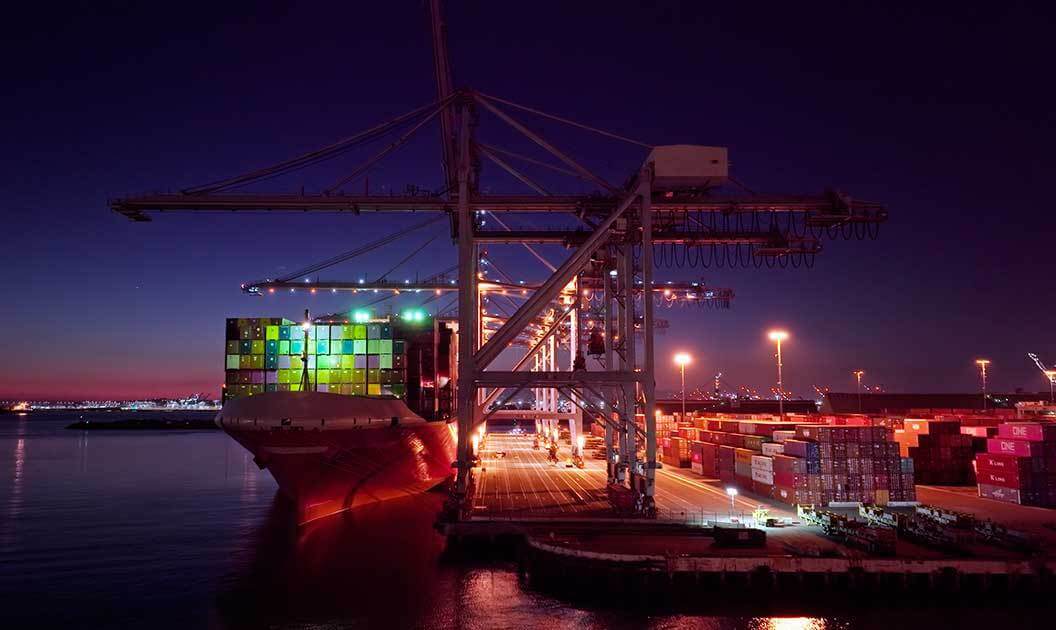
There are many types of ocean freight shipping services that you can take advantage of as a shipper. Due to the various shapes, sizes, and weights that freight can come in, there are different methods of ocean freight transport that have been created to accommodate the needs of shippers and their freight.
According to the International Maritime Organization (IMO), these are different types of ocean freight shipping services that you can utilize to move freight internationally:
Whether your freight is small or large, these modes of transport can cover all varieties of freight shipments.
We’ll discuss the details of these types of ocean freight shipping services so you’ll know what to expect when you use them.
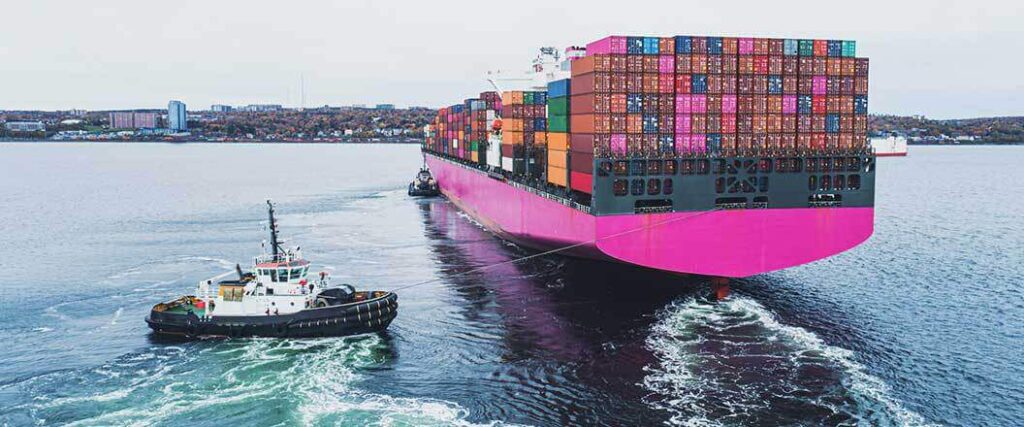
Before we get into all the different types of sea transport, it’s vital to understand what general ocean shipping is. Ocean freight shipping is one of many modes used to transport goods in large amounts internationally.
Sea freight transportation is by far the most common form of freight transportation in the world. Numerous shipping companies utilize their large quantity of ships and containers to transport freight using this method.
If you’ve never used a freight forwarder before, check out our article that discusses their role.
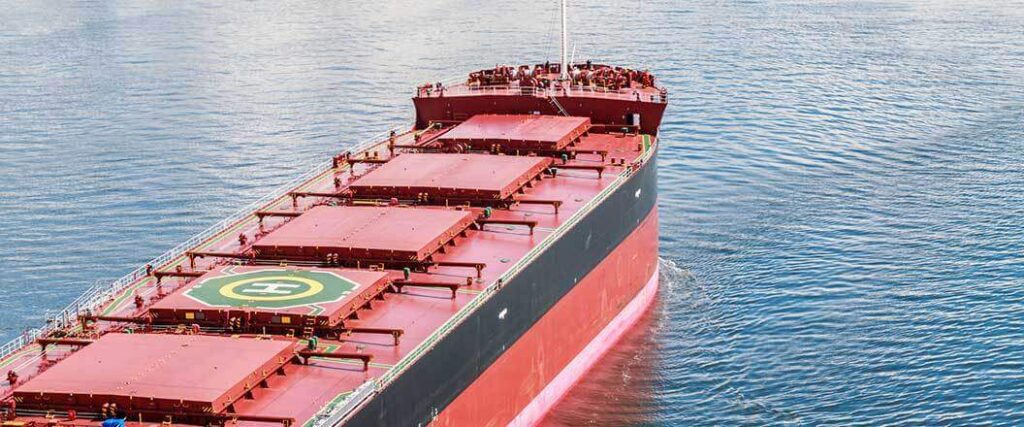
There are all kinds of different types of cargo that need to get transported from one place in the world to the next. To accommodate the unique varieties of freight out there, many shipping companies offer a variety of ocean freight services to their customers.
When you need to export or import goods, consider the characteristics of your freight to determine which types of ocean freight shipping services are best for you.
Want to know more about freight forwarding in logistics? Read our article to learn more.
Roll-on/roll-off shipping services are perfect for when you need to transport a vehicle overseas. RORO vessels are specifically designed to allow vehicles to drive on and off-board, making loading and unloading vehicles easier.
There are a variety of different vessels that can perform RORO services. They include:
As you can see, RORO vessels come in a few different varieties, each of which specializes in the transport of certain types of vehicles. Therefore, you won’t ever have to worry about not being able to find the right mode of ocean transportation for your vehicle import or export.
The standard cargo ship is probably the most common type of vessel to perform ocean freight shipping services. Characterized by the numerous containers full of freight that are loaded onto them, cargo ships can transport a variety of goods.
Common goods transported by cargo ship include:
When using a cargo ship to transport your freight internationally, you’ll have two specific shipping options available to you. These options are:
The FCL shipping option will allow you to transport goods in an entire container or containers. This option is ideal when you’re transporting a bulk quantity of goods internationally. If you need to get a smaller amount of goods overseas, then the LCL shipping option is for you.
Using this option will allow you to ship your goods in a container filled with freight belonging to other shippers. Using LCL is a much more cost-effective option than using an entire container for a small shipment of freight. The cost of both FCL and LCL are represented in the table below.
| Cost Of FCL By Cargo Ship | $2,000-$3,000 |
| Cost Of LCL By Cargo Ship | $25-$145 Per Cubic Meter Of Freight |
Rates can change based on fuel prices, but these prices tend to be the averages.
Before picking a type of ocean transport, get familiar with international cargo shipping rates.
As implied by their name, bulk carriers are used to transport dry bulk cargoes overseas. These types of vessels are characterized by their extremely large hatches that open up to reveal the cargo hold.
Bulk carriers can transport some of the following goods:
Items like these can’t be transported within the confines of a box like other types of freight. Fortunately, bulk carriers offer a convenient solution when these goods need to be transported internationally.
Tanker ships are another popular ocean freight advantage that shippers commonly used to transport petroleum products. However, oil isn’t the only thing that tanker ships can transport. There are a few different types of tanker ships, each one especially suited to transport certain materials.
Some of the common tanker ships include:
Each tanker has slight modifications that make it better suited to transport the type of freight that it’s carrying. This allows for the safe transportation of any liquid-like material that the tanker is carrying.
Need to ship something too big for a container? Check out our article on break bulk shipping.
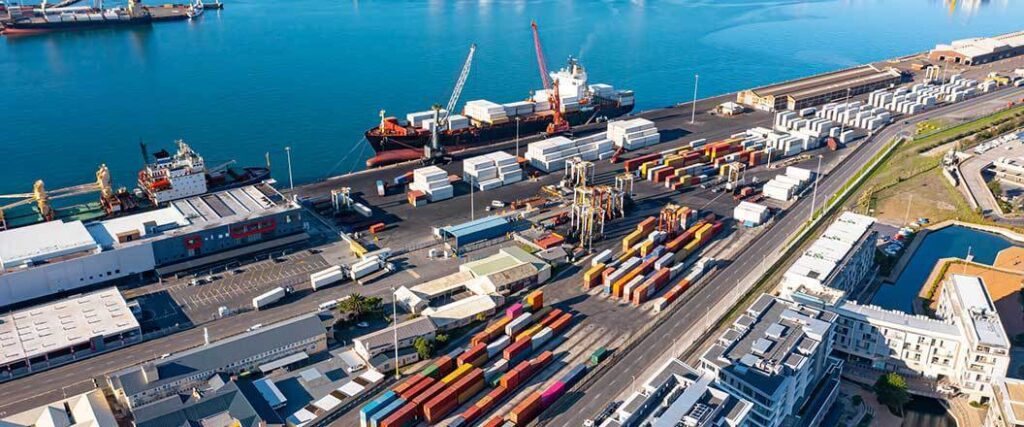
Ocean freight shipping might have a variety of services for you to take advantage of, but the transit times are going to be just as long, regardless of the service you choose. Currently, the global supply chain is in disarray.
Whether you’re importing or exporting, you can expect the ship carrying your goods to take 20-40 days to reach the port of destination. That said, there will be the added time the ship carrying your freight will have to wait before it can dock at the port and be unloaded.
Since the emergence of the COVID-19 pandemic, there have been all kinds of delays at ports around the world. Chances are that regardless of what type of ocean freight shipping service you’re using, the ship carrying it is likely to spend some time waiting off of the coast until dock space is available.
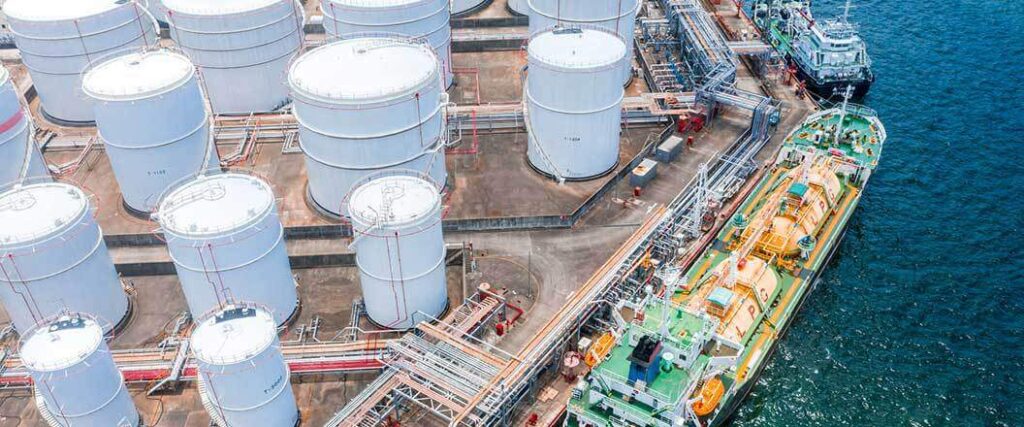
Giving an exact number on how much ocean freight shipping will cost you is difficult. Like with all types of ocean freight shipping services, various factors can sway the price of your goods. That said, it is possible to get a range of what you should expect to spend when using certain ocean freight shipping services.
We’ve already shown that FCL can cost $2,000-$3,000, and LCL costs $25-$140 per cubic meter of freight. For RORO shipping, you can expect to spend anywhere between $800 and $2,000.
As for bulk carrier and oil tanker shipping, rates for these shipping services are more difficult to discern. The value of goods that are transported using tanker and bulk carrier shipping is heavily influenced by global events. For example, part of the reason oil tanker shipping is due in part to the ongoing conflict between Russia and Ukraine.
Other factors that will affect ocean freight shipping costs include:
Before using an ocean freight shipping service, consider these factors, as well as the fluctuating value of certain goods based on global events. If you’re looking for a faster alternative to the types of ocean freight shipping services, check out our article on the air freight forwarding process.
Luckily for you, Freight Forwarding Services USA specializes in ocean freight shipping. With our trusted partners throughout the supply chain, we can help get your freight transported using any of the services listed above.
In addition to our ocean freight shipping, we offer international air shipping as well. This form of international transport will get your goods to another country within a shorter period than it would be using ocean freight shipping.
No matter what type of freight you’re shipping, we can offer the following services:
Lastly, we offer 1-on-1 consulting sessions if you have questions that you can’t get answered anywhere else. You’ll learn about your responsibilities as a shipper, and we’ll even show you how we help move the shipping process along.
If you have any other questions, contact us at (866)-941-8081 or fill out your quote today.
